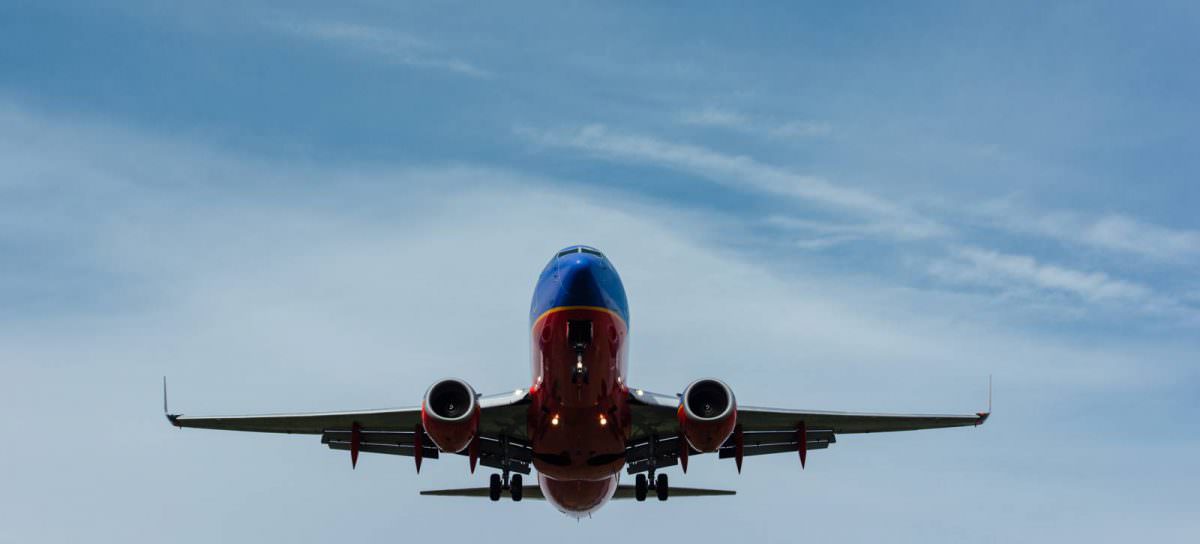Nothing surprises a passenger more than when the pilots of an airliner elect to perform a “go-around” maneuver. Landings are already one of the most unsettling parts of a flight for a majority of flyers (even those who do not have a fear of flying). And anyone who has had the displeasure of being on a plane that aborted a landing and executed a “go-around,” can surely attest to the procedure’s startling and disruptive characteristics.
Why would anyone enjoy being caught off-guard by this event? Just moments earlier, everything seemed totally normal. The airplane had slowed down to its final approach speed, the landing gear was extended, and a few minutes later everyone aboard was supposed to feel the plane settle down onto the ground. At least this would be the expectation… Then, suddenly, the engines roar back to life and are throttled up close to full power. The plane begins to shake or rumble and you are pressed back into your seat as the airplane’s nose quickly pitches upward. Then, seemingly for no apparent reason, the plane abruptly climbs back up into the sky, possibly even banking steeply in either direction as it turns away from the runway. This seems even more scary as a passenger, because you aren’t able to see directly in front of the plane. Eventually, you feel the plane level off and the engines throttle back to normal. Many passengers claim at this point that the cabin has become completely silent. If you happen to notice that your finger nails are dug into the armrests and you are sweating and tense, then you are definitely not alone. This is completely normal reaction even for frequent fliers and certainly would be for the first-time or occasional flier. So, what happened? And why would anyone have you believe that the roller-coaster ride you just endured was a good thing?
In actuality, a properly executed “go-around” while not very common, is a very safe procedure. Tt may startle you because it is unexpected, but you should think of it as a good thing (because it is). The “go-around,” does not mean that something is wrong. On the contrary, it means that the pilots did something right: they kept you and the airplane away from something that they recognized as having the potential to result in a less than ideal environment. This could come in a number of forms, that will be discussed later.
Eventually, when they have a moment and are not busy flying the plane and complying with required procedures, the pilots will make an announcement to explain the reasoning for why they performed the “go-around.” It is important to remember, that with a busy workload, the pilots may try to keep the explanation brief and without any technical jargon. This sometimes results in an overly-simplified and potentially misleading statement. Saying that, “we were a little too close to the plane ahead,” does not mean that you almost collided with another plane. Most of the time, go-arounds are initiated because of very minor spacing issues with other aircraft landing or taking off. If the plane you are flying on does not have the required minimum distance between it and the plane in front of it, then a go-around is required. It’s extremely important to recognize that the minimum required separation for planes on approach to landing is at least 3 miles (more under certain circumstances). Likewise, a “go-around” may be required if there is still another plane on the runway. In either situation, it should be noted that the distance between your plane and the one ahead of you is still several miles. As such, the go-around is not because of an imminent collision. In actuality, there was never any real serious danger at all. The pilots are just being overly cautious and ensuring that there is zero potential for the situation to become un-safe.






